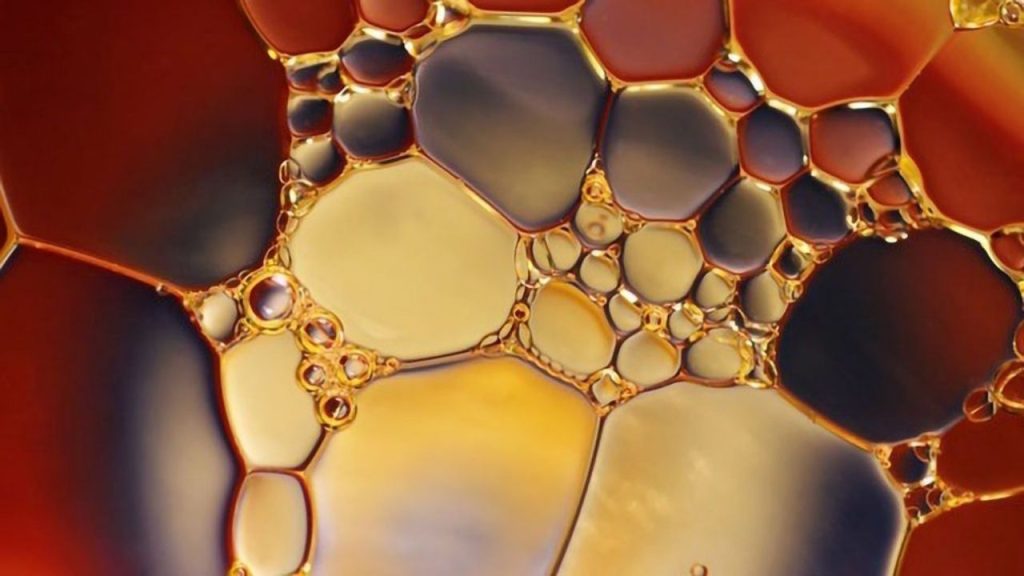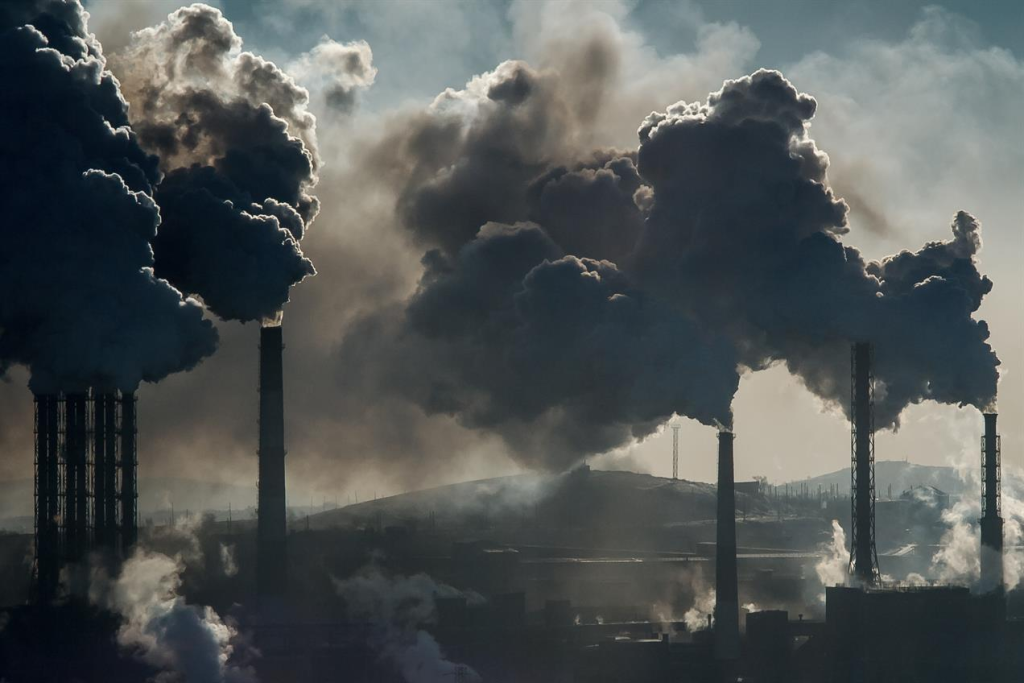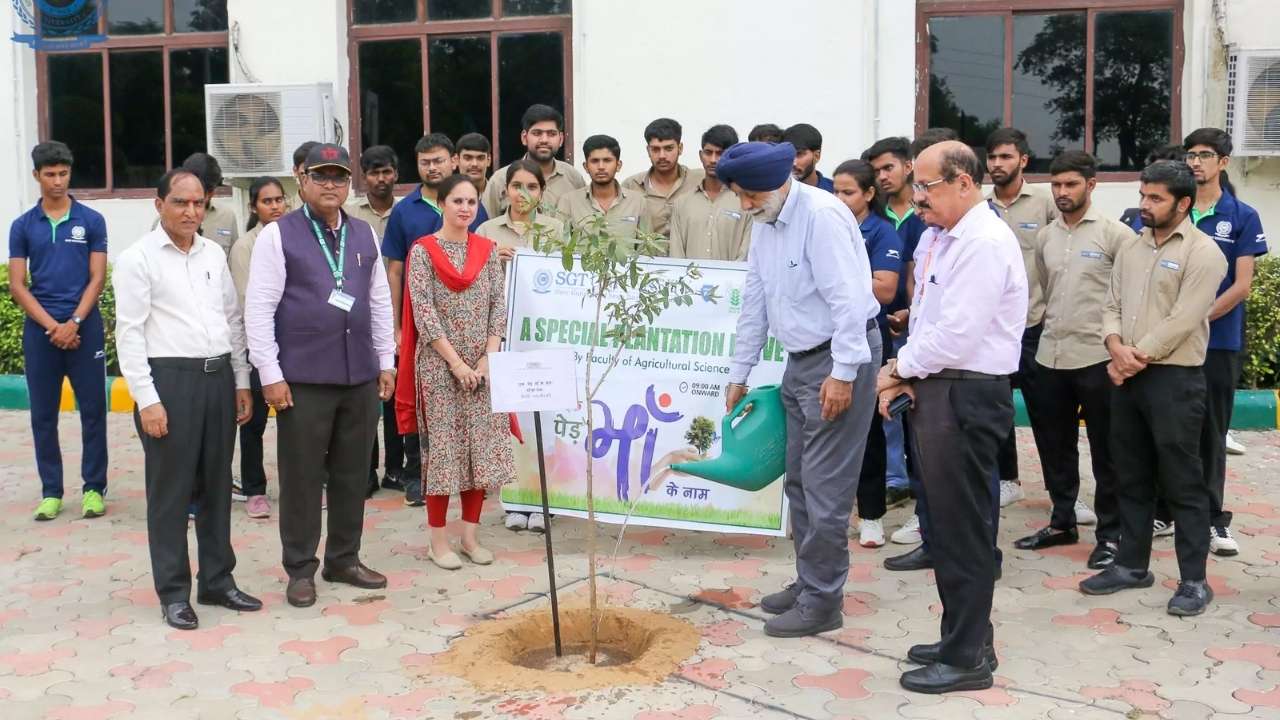In an era where industrial pollution is becoming more widespread, we need every tool at our disposal to fight environmental damage. Enter a groundbreaking solution from NIT Rourkela, one of India’s premier institutions for technological innovation. This new eco-friendly biofilm could change the way industries handle oil spills and chemical waste, offering a sustainable, practical approach to environmental cleanup.
The biofilm developed by NIT Rourkela is designed to break down toxic pollutants like phenanthrene, a harmful substance often found in industrial oil spills and chemical waste. With its high efficiency, ability to integrate into existing systems, and its environmental friendliness, this technology promises to be a game-changer in the field of industrial waste management.

In this article, we’ll dive deep into what this biofilm is, how it works, its real-world applications, and the future it could help shape. By the end, you’ll not only understand the science behind it but also why it’s such an exciting development for industries and environmentalists alike. So, buckle up—this is a journey through innovation that could significantly impact our planet’s future.
NIT Rourkela Unveils Eco-Friendly Biofilm to Combat Industrial
| Feature | Details |
|---|---|
| Technology Name | Eco-Friendly Biofilm developed by NIT Rourkela |
| Target Pollutants | Phenanthrene (toxic PAH), Hydrocarbons, Chemical Waste |
| Efficiency | 95% degradation in just 5 days |
| Key Researchers | Dr. Kumari Uma Mahto & Prof. Surajit Das |
| Industrial Application | Oil Spill Cleanup, Chemical Waste Treatment |
| Sustainability | Eco-friendly, low-cost, integrates with existing systems |
| Official Reference | NIT Rourkela Official Website |
| Potential Impact | Environmental Remediation, Wastewater Treatment |
NIT Rourkela’s eco-friendly biofilm technology represents a monumental step forward in the fight against industrial pollution. With its high degradation efficiency, sustainability, and cost-effectiveness, it offers a much-needed solution to the environmental challenges posed by oil spills and chemical waste. For industries, it provides a way to clean up pollution without causing further harm to the planet. The biofilm can be easily integrated into existing systems, making it a practical and scalable solution for industrial-scale pollution management.
As industries around the world continue to face increasing environmental pressures, the development of solutions like this biofilm will be crucial in ensuring that we can maintain a sustainable future while continuing to meet the demands of modern industry.
What is an Eco-Friendly Biofilm?
A biofilm is a collection of microorganisms (like bacteria) that adhere to surfaces, often encased in a slimy, protective coating. These microorganisms thrive in challenging environments, such as areas contaminated by pollutants like oil and chemicals. In essence, a biofilm is like a natural cleaning crew that works tirelessly to break down harmful substances.
At NIT Rourkela, scientists have developed a bacterial biofilm specifically designed to degrade phenanthrene, a toxic compound often found in oil spills and chemical waste. This biofilm is not just a random mix of bacteria—it’s carefully crafted to thrive in polluted environments and break down these harmful compounds faster than nature would typically allow.

How Does the Biofilm Work?
Think of the biofilm as a tiny army of bacteria covered in a protective slime. This slime is called an extracellular polymeric matrix (EPM), and it’s not just a random feature. The matrix allows the bacteria to survive even in harsh, toxic environments—like those created by oil spills or industrial waste. It also keeps these bacteria safe from the very chemicals they’re working to break down.
When the biofilm encounters pollutants like phenanthrene, the bacteria start metabolizing these harmful substances, essentially turning them into safer, less toxic compounds. The result? A cleaner, safer environment.
Why Is This Biofilm Better Than Traditional Cleanup Methods?
Traditional methods for dealing with oil spills and chemical waste often involve expensive and environmentally damaging techniques like chemical treatments, excavation, or burning. While these methods can work, they come with significant drawbacks—high costs, the risk of secondary pollution, and potential damage to ecosystems.
This is where the NIT Rourkela biofilm stands out. It offers a cost-effective, eco-friendly solution. Since the biofilm uses bacteria to break down pollutants, it doesn’t generate secondary pollution. Additionally, the biofilm can be integrated into existing systems, such as biofilm reactors used in wastewater treatment. This makes it easy for industries to adopt this technology without major overhauls to their infrastructure.
Breaking Down the Biofilm’s Benefits
1. High Degradation Efficiency
One of the most remarkable features of the biofilm is its efficiency. Research shows that the biofilm can break down up to 95% of phenanthrene in just five days. For industries dealing with toxic pollutants, this rapid action could mean the difference between a major environmental disaster and a speedy recovery.
2. Protection for Microbial Growth
Unlike traditional cleanup techniques, this biofilm supports microbial growth in polluted environments. The extracellular matrix not only protects the bacteria from toxic chemicals but also enhances their ability to work in tough conditions. This is a huge advantage over traditional treatments, which often involve chemicals that can harm the very ecosystems they aim to protect.
3. Sustainability and Cost-Effectiveness
Traditional cleanup methods often result in secondary pollution, higher costs, and a lot of waste. By contrast, the NIT Rourkela biofilm technology is sustainable and cost-effective. It provides a way to clean up pollution without creating more problems. Plus, it works faster and more efficiently than many current methods, offering significant savings for industries.
4. Ease of Integration
This biofilm can be easily integrated into existing biofilm reactors, which are commonly used in municipal wastewater treatment and industrial applications. This means industries don’t have to invest in expensive new technology—they can simply adapt their current systems to use this biofilm.
Real-World Applications: What Can This Biofilm Do?
1. Oil Spill Cleanup
When oil spills happen—whether it’s from a tanker accident, an offshore drilling disaster, or an industrial leak—the damage to the environment can be catastrophic. Traditional cleanup methods are slow, costly, and not always effective.
The NIT Rourkela biofilm provides a rapid, efficient solution. It can be applied to contaminated sites, where it will quickly start degrading the oil, turning it into less harmful substances. This could significantly reduce the environmental impact of oil spills and offer a more sustainable alternative to existing cleanup methods.
2. Chemical Waste Treatment
Many industries, such as petrochemical plants, produce hazardous chemical waste that can leak into the environment and pollute air, water, and soil. This biofilm can be used to treat chemical waste, breaking down toxic substances and rendering them less harmful.
By integrating this biofilm into their wastewater treatment systems, industries can handle chemical waste more efficiently, saving both money and the environment.
3. Wastewater Treatment
The biofilm can also be applied in municipal wastewater treatment facilities. These facilities already use biofilm reactors to treat sewage and industrial effluents. By incorporating the new biofilm technology, these facilities can improve efficiency and treat toxic pollutants more effectively.
4. Industrial Applications
In addition to wastewater treatment, industries that deal with hydrocarbons, chemicals, and heavy metals could also benefit from this technology. It offers a sustainable, low-cost method for breaking down pollutants that could otherwise damage equipment and harm employees.
Over 2,200 Applicants Compete for 360 LLB Seats in Odisha’s Premier Law Colleges
OMFED-NDDB Agreement to Benefit 15 Lakh Dairy Farmers in Odisha: CM Mohan Charan Majhi
Odisha CM Launches ‘Shaktishree’ to Ensure Safety and Empowerment of Girl Students
FAQs
Q1: What makes this biofilm different from traditional oil spill cleanup methods?
This biofilm uses natural bacteria to break down oil and chemical pollutants, making it eco-friendly, cost-effective, and much more sustainable than traditional methods like chemical treatments or excavation.
Q2: How long does it take for the biofilm to break down pollutants?
The biofilm can degrade up to 95% of phenanthrene in just five days, making it a rapid and efficient solution.
Q3: Can this biofilm be used for large-scale industrial pollution?
Yes, the biofilm can be integrated into existing systems like biofilm reactors, making it scalable for large-scale industrial applications such as wastewater treatment and chemical waste management.
Q4: Is the technology patented?
Yes, the technology has been patented by the researchers at NIT Rourkela, ensuring its uniqueness and the potential for industrial partnerships.





